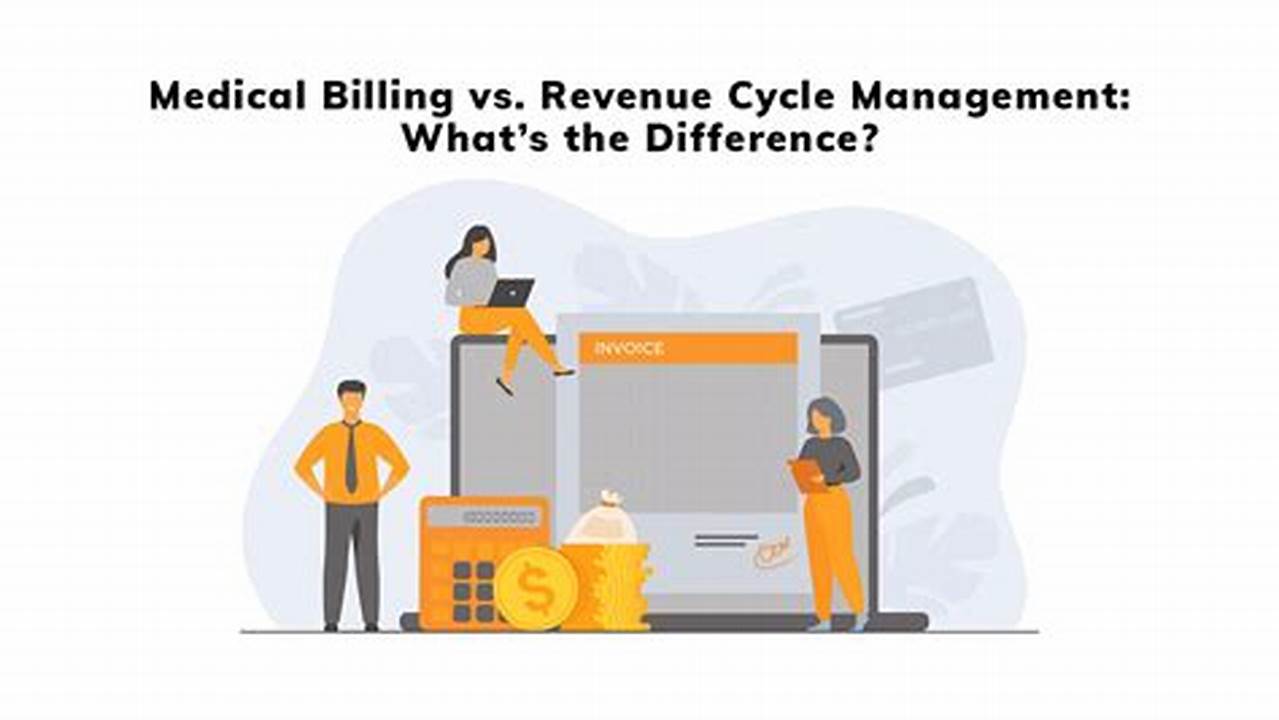Medical Billing vs Revenue Cycle Management and Key Differences

Jeannedarcherblay.com I hope you stay happy, Now I will reviewing various interesting things about Medical, Billing. Article Explanation About Medical, Billing Medical Billing vs Revenue Cycle Management and Key Differences Let's discuss it in full until the end.
Medical Billing vs Revenue Cycle Management
Medical billing and revenue cycle management (RCM) are two essential processes in healthcare that involve handling patient financial accounts. While medical billing focuses on generating and sending invoices for medical services, RCM encompasses a broader scope of activities related to managing the revenue cycle from start to finish.
Details
Medical Billing
Medical billing is the process of creating, transmitting, and collecting payment for medical services rendered by a healthcare provider. It involves:
- Generating and sending invoices to patients or their insurance companies
- Processing payments and tracking outstanding balances
- Handling patient inquiries and resolving billing disputes
Revenue Cycle Management
RCM encompasses all aspects of the financial revenue cycle, including medical billing, but it also involves:
- Patient registration and scheduling
- Charge capture and coding
- Insurance verification and pre-authorization
- Claims management and follow-up
- Collections and payment processing
RCM aims to streamline the entire revenue cycle process, reduce administrative costs, and maximize revenue collections.
FAQ
What is the difference between medical billing and RCM?
Medical billing focuses on generating and collecting invoices, while RCM manages the entire financial revenue cycle from patient registration to collections.
Why is RCM important?
RCM helps healthcare providers optimize their revenue cycle, reduce costs, and improve patient satisfaction by ensuring timely and accurate billing.
What are the benefits of RCM outsourcing?
Outsourcing RCM can free up in-house staff to focus on patient care, improve operational efficiency, and reduce the cost of revenue cycle management.
Pros
Benefits of RCM include:
- Improved revenue collection
- Reduced administrative costs
- Streamlined billing processes
- Enhanced patient satisfaction
- Access to expert support
Tips
Tips for effective RCM:
- Use a dedicated RCM software solution
- Focus on accurate and timely charge capture
- Regularly monitor and track key performance indicators (KPIs)
- Stay up-to-date on regulatory changes
Summary
Medical billing and RCM are critical components of healthcare revenue management. While medical billing is focused on billing and collections, RCM provides a comprehensive approach to managing the financial revenue cycle, ultimately helping healthcare providers optimize revenue collection and improve patient satisfaction.
What is the main difference between medical billing and RCM?
What is the main difference between medical billing and RCM?
Medical billing focuses on generating and collecting invoices, while RCM manages the entire financial revenue cycle.
RCM includes patient registration, charge capture, insurance verification, and collections.
What is the primary goal of RCM?
The primary goal of RCM is to optimize the revenue cycle, reduce administrative costs, and maximize revenue collection for healthcare providers.
It aims to ensure accurate and timely billing and collections processes.











